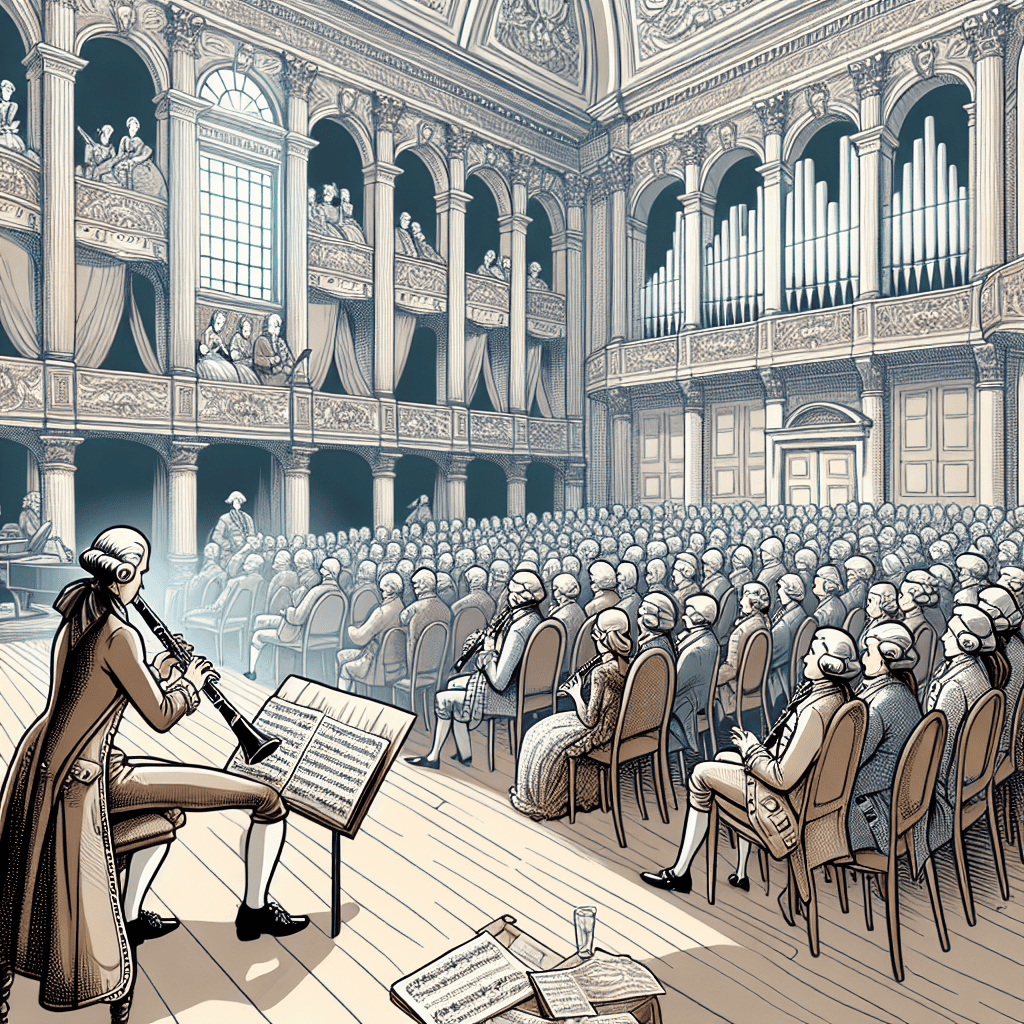The clarinet is a woodwind instrument that has won the hearts of many musicians and composers. Its rich tone and versatile range make it an irreplaceable part of orchestras. This article explores the clarinet's role within orchestral settings, including its historical evolution, unique sound qualities, and famous pieces that showcase its capabilities.
The Historical Context of the Clarinet
The clarinet came into existence in the early 18th century, evolving from older instruments like the chalumeau. Its initial design was simple, featuring a single reed mouthpiece, a cylindrical bore, and a limited range of notes. Musicians quickly recognized its potential, and through the years, improvements helped it secure a lasting place in orchestras.
Clarinets found their way into orchestras by the mid-18th century, thanks to composers like Johann Sebastian Bach, who incorporated them in several of his works. This elevated their status, and later, Mozart and Beethoven further highlighted the clarinet's abilities, cementing its position in orchestral compositions.
The Unique Sound of the Clarinet
The clarinet stands out among orchestral instruments due to its distinctive tonal quality. It boasts a wide range, producing sounds from warm, mellow lows to bright, piercing highs. This versatility allows it to fit into various musical styles, from classical to jazz and contemporary.
| Characteristic | Description |
|---|---|
| Range | Typically spans about three octaves, enabling soft, lyrical passages and powerful climaxes. The range can vary based on the musician's skill and the specific type of clarinet. |
| Dynamic Range | Capable of producing sound at various volume levels, making it suitable for both solo and ensemble performances. |
Clarinets in the Orchestra
In an orchestra, the clarinet section usually consists of first and second clarinet players, often performing alongside the bass clarinet and other woodwinds such as flutes and oboes. The clarinet plays a key role in providing harmony and texture, blending seamlessly with the string and brass sections.
- Harmony and Texture: The clarinet beautifully complements string instruments, often delivering melodic lines that balance the broader harmonies of violins and cellos.
- Solo Opportunities: Many orchestral pieces feature clarinets as solo instruments, allowing players to showcase their artistry. The clarinet's sound can evoke a range of emotions, from warmth to melancholy, making it a popular choice for solos.
Notable Works Featuring the Clarinet
Several composers have made excellent use of the clarinet's expressive capabilities:
| Composer | Work | Significance |
|---|---|---|
| Wolfgang Amadeus Mozart | Clarinet Concerto in A major, K. 622 | One of the most celebrated works for the instrument, showcasing its lyrical and technical abilities. |
| Richard Strauss | Der Rosenkavalier | Features beautiful clarinet passages that demonstrate its ability to blend seamlessly with the orchestra. |
| Igor Stravinsky | The Rite of Spring | Uses the clarinet to provide striking contrast and color, highlighting its versatility in different musical contexts. |
Famous Clarinetists in Orchestras
Over the years, many remarkable musicians have brought the clarinet to the forefront of orchestral music:
- Clara A. Johnson: Known as one of the first female principal clarinet players in major orchestras, she opened doors for future generations.
- David Shifrin: A renowned soloist and chamber musician, Shifrin has performed with notable symphonies, enhancing the orchestral experience with his expertise on the clarinet.
- Anthony McGill: As the principal clarinet of the New York Philharmonic, McGill is praised for his beautiful tone and significant contributions to both orchestral and solo repertoire.
The Martin Freres Influence
Martin Freres has become a name associated with quality in the clarinet world. Their instruments are known for precision craftsmanship and are favored by professionals for their reliable sound, playability, and attractive finish. Many orchestra players choose these instruments, valuing the combination of tradition and innovation they offer.
As the clarinet continues to grow and take on important roles in various musical styles, understanding its place within orchestras helps players appreciate not only the instrument itself but also the rich musical landscape it contributes to the ensemble.







